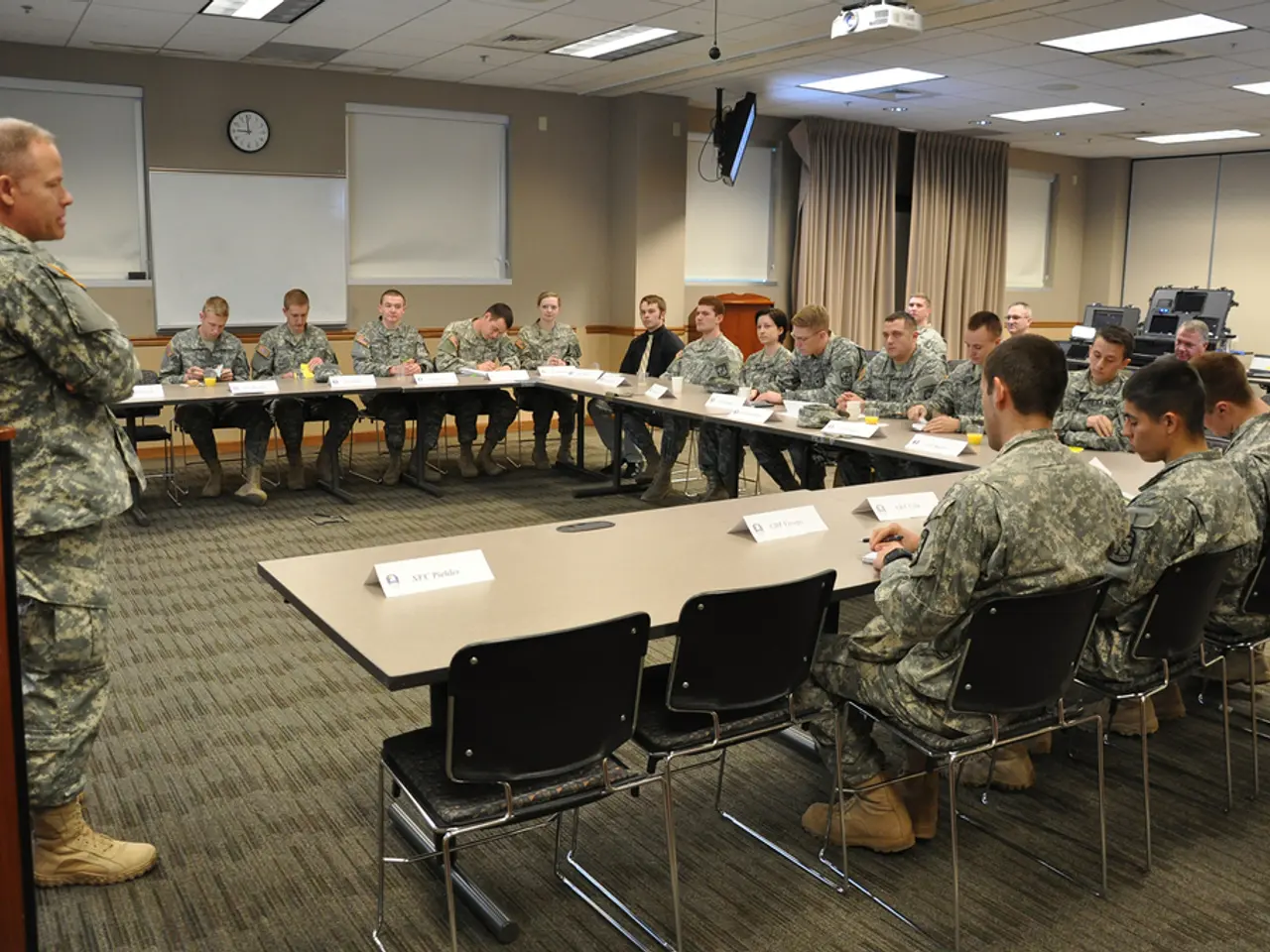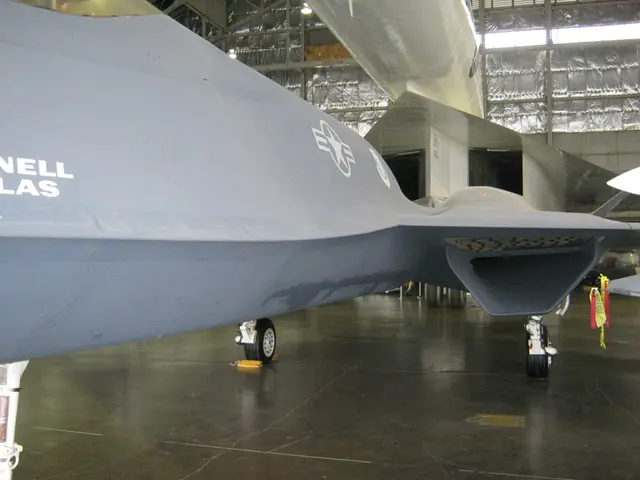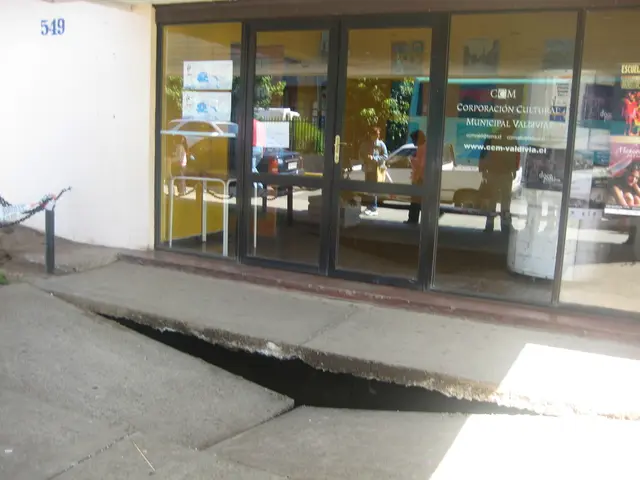Impact of Sunlight-Readable Displays in Military Strategies
In the realm of military technology, sunlight-readable displays have become a critical component, especially in demanding outdoor conditions. Developing these displays involves a multidisciplinary approach, combining optical engineering, rugged materials, and advanced technologies to balance performance with durability and power consumption.
Key considerations in creating these displays include high brightness and contrast. Displays require very high luminance levels, such as 2,000 nits or more, and high contrast ratios, like 2,000:1, to remain visible under direct sunlight. High brightness ensures clear readability despite ambient light, while high contrast provides enhanced contrast for displays used in high-brightness environments.
Environmental durability is another crucial factor. These displays must function reliably across extreme temperature ranges, high humidity, and varying altitudes relevant to military operations. Materials need to withstand physical impacts, chemical exposure, and UV radiation. Polymers like polycarbonates and polyesters are often used for overlays and display covers due to their optical clarity, impact resistance, UV stability, and chemical resistance.
Compliance with military standards is paramount. Displays for military use must meet standards like MIL-STD-1472G, MIL-PRF-44366, and MIL-STD-3009. These standards ensure readability under various lighting conditions, performance specifications for brightness, contrast, viewing angle, and color gamut, and night vision imaging system compatibility, respectively.
Technological challenges, such as the temperature sensitivity and humidity affecting organic materials in AMOLED technology, necessitate solutions like encapsulation and thermal management systems to maintain durability and performance.
Power efficiency and longevity are essential for maintaining operational endurance, especially in the field. Ambient light sensors automatically adjust screen brightness to match environmental conditions, while anti-reflection (AR) and anti-glare (AG) coatings help improve visibility in sunlight by reducing reflected glare and giving the display surface a matte finish.
For low-light or night operations, displays often need NVIS compliance to avoid disrupting night vision goggles, involving specialized backlighting and spectral management. Reinforced casings and spill-resistant interfaces complement sunlight readability by ensuring the display system maintains functionality in mission-critical and physically demanding scenarios.
The future of sunlight-readable displays lies in more powerful and sustainable displays. While OLED displays offer excellent contrast and vivid colors, their lower luminance limits their use in outdoor settings. Electronic paper offers low power consumption and readability in bright light but lacks color vibrancy and fast refresh rates, especially at low temperatures. LCDs perform best in direct sunlight, making them the most suitable option for high-brightness military use.
Organizations investing in high-performance displays for military applications must assess industry-specific requirements, regulatory standards, and long-term cost of ownership. Prioritizing energy-efficient materials, modular design, and rugged performance not only ensures customer satisfaction but also positions businesses to meet evolving operational demands.
Cevians, a trusted leader in developing ruggedized display solutions for defense, aerospace, and industrial applications, leverages deep expertise in high-brightness, night vision applications, and sunlight readable display technology. Technologies such as adaptive brightness, micro-LED's, energy-saving backlights, and improved coatings are pushing the boundaries of what outdoor displays can achieve.
Continued innovation in sunlight-readable displays is focused on balancing key performance factors: brightness, contrast, power efficiency, and rugged durability. Marine and military LCD monitors have specific Ingress Protection (IP) ratings, such as IP65, for resistance against dust, water, corrosion, and vibration. Displays built for outdoor and industrial use must prioritize longevity, considering environmental wear, material durability, and ease of maintenance.
Military displays are designed to be readable under wide viewing conditions, adverse environments, and handling. Daylight-readable displays require brightness levels ranging from 400 to 700 nits, while sunlight-readable displays have luminance starting at 1,000 nits and reaching up to 2,500 nits. Advancements in materials, backlighting, optical components, and coating technologies are driving the development of displays with improved performance, lower cost, lighter weight, and better energy efficiency.
The development of sunlight-readable displays in the aerospace and military industry involves new technologies to ensure high brightness and contrast, such as micro-LEDs and energy-saving backlights, providing clear readability under extreme outdoor conditions. Financial investments in these high-performance displays must prioritize rugged durability, energy efficiency, and long-term cost of ownership, as sustainability plays a significant role in future technological advancements.








